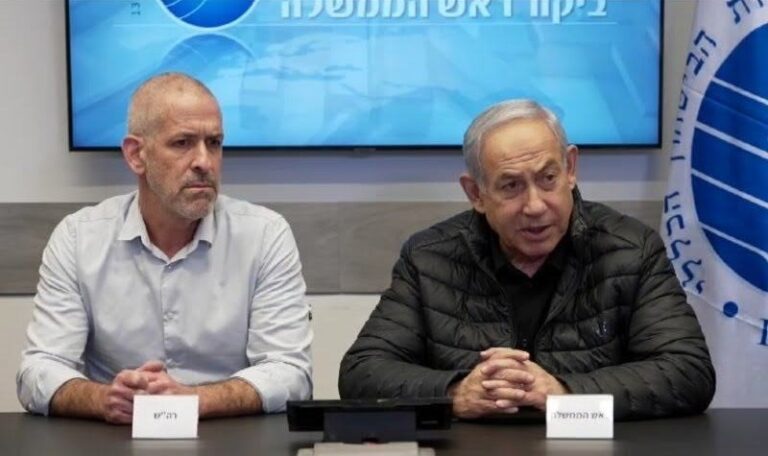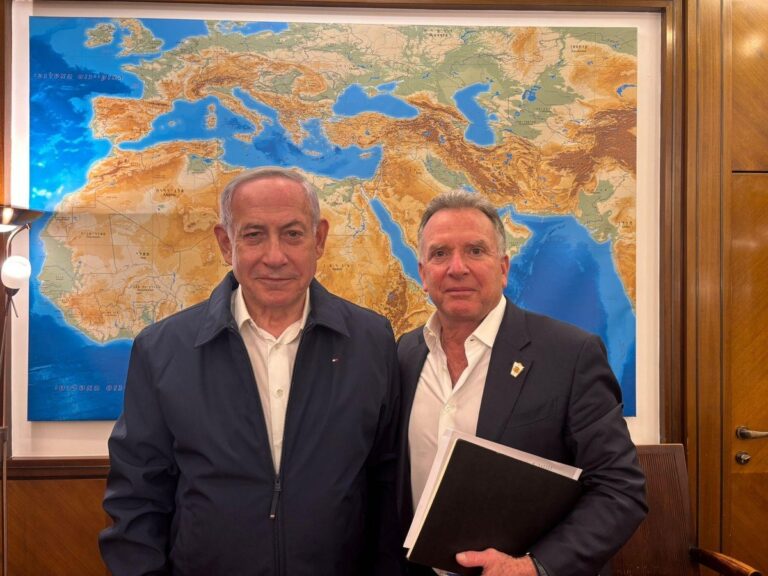A man with a rifle opened fire on Republican lawmakers at a congressional baseball practice Wednesday near Washington, wounding House GOP Whip Steve Scalise of Louisiana and several others as congressmen and aides dove for cover. The assailant fought a gun battle with police before being shot and killed.
A congressional aide and a volunteer also were wounded, along with two U.S. Capitol police officers.
A look at previous security incidents at the Capitol or political violence involving members of Congress:
— March 29, 2017: A 20-year-old woman described as “erratic and aggressive” drives a vehicle into a Capitol Police cruiser and is taken into custody, closing down streets near the Capitol for nearly three hours. Shots were fired during the arrest attempt, but the event appeared to be criminal in nature with “no nexus to terrorism,” Capitol Police said. No one was injured.
— March 28, 2016: Police shoot a man after he pulled a weapon at a Capitol checkpoint as spring tourists thronged Washington. Congress was not in session. Police identified the man as 66-year-old Larry Dawson of Tennessee, who was charged with assault with a deadly weapon and assault on a police officer while armed.
— Jan. 14, 2015: A 22-year-old Ohio man is arrested by the FBI in an alleged plot to attack the Capitol in support of the Islamic State terror group. Christopher Lee Cornell of suburban Cincinnati pleaded guilty to three charges, including attempted murder of U.S. officials and employees. Court documents show Cornell said he wanted to attack during President Barack Obama’s State of the Union address.
— Nov. 6, 2014: A former Cincinnati-area bartender is charged with threatening to kill House Speaker John Boehner, R-Ohio. Michael Hoyt, who worked at a country club in Boehner’s suburban community, was accused of threatening to kill Boehner with a gun or by poisoning his drink. A federal judge ruled Hoyt was insane at the time of the offense.
— Oct. 3, 2013: Miriam Carey, a 34-year-old dental hygienist from Connecticut, is shot and killed by Capitol Police officers in her vehicle outside the Hart Senate Office Building. Officers had pursued Carey from the White House, where she made a U-turn at a security checkpoint. Her young daughter was inside the car at the time and was unharmed. Her family later filed a wrongful-death lawsuit against the Secret Service and Capitol Police.
— Jan. 8, 2011: A gunman shoots Rep. Gabby Giffords, D-Ariz., in the head during a shooting rampage at a public event outside a grocery store in Tucson. Six people were killed, and 13 wounded, including Giffords. Jared Loughner, 25, was sentenced to life in prison for the shooting. Giffords resigned from office in 2012.
— Sept. 22, 2006: An armed man runs through the Capitol in an embarrassing security breach after allegedly crashing a sport utility vehicle into a police cruiser. Unarmed employees of the basement flag office subdued the man just before police arrived to arrest him.
— July 24, 1998: A man with a history of mental illness shoots his way into the Capitol building filled with lawmakers and tourists, killing two veteran Capitol Police officers and wounding a tourist. Officer Jacob Chestnut was killed at a first-floor Capitol entrance, and Detective John Gibson died after exchanging fire with gunman Russell Weston inside a suite of offices occupied by then-House Majority Leader Tom DeLay, R-Texas. Weston was then wounded and captured.
— Nov. 7, 1983: A bomb rips through the second floor of the Capitol, damaging a conference room and the offices of Sen. Robert Byrd, D-W.Va. No one was injured. A caller had phoned The Washington Post warning that a bomb was about to explode. The caller claimed the action was in response to U.S. military aggression in Grenada and Lebanon.
— Nov. 18, 1978: Rep. Leo Ryan, D-Calif., is shot and killed while on an official visit to Guyana. He was investigating the activities of the Peoples Temple group led by Jim Jones, and was ambushed and shot multiple times by cult members while boarding a plan to leave Jonestown. Four others were also killed, three journalists and a defector, followed by a night of mass murder and suicide by more than 900 cult members.
— Jan. 30, 1973: Sen. John Stennis, D-Miss., is shot twice by robbers outside his Washington home. The 71-year-old senator survived and returned to the Hill.
— March 1, 1971: A bomb explodes in the men’s room on the Senate side of the Capitol. It destroyed the restroom and a barbershop, but no one was injured. A caller said the bombing was to show opposition to the Vietnam War. The radical Weather Underground claimed responsibility, but no one was prosecuted for the act.
— June 5, 1968: New York Senator Robert F. Kennedy is shot by Sirhan Sirhan, a young Palestinian, at the Ambassador Hotel in Los Angeles moments after declaring victory in the California Democratic presidential primary. Kennedy died the next day. Five other people were injured in the shooting.
— March 1, 1954: Five congressmen are shot on the floor of the House by Puerto Rican nationalists who fired shots from the visitors’ gallery. The lawmakers all recovered. Four assailants were arrested.
— July 12, 1947: Sen. John Bricker, R-Ohio, is shot at twice as he enters the Senate subway. Both shots missed. The gunman was a former Capitol policeman who had lost money when an Ohio building and loan firm was liquidated.
— Sept. 10, 1935: Sen. Huey Long, D-La., dies in Baton Rouge two days after being shot in the Louisiana state Capitol, allegedly by Dr. Carl Weiss.
— Dec. 13, 1932: A gunman enters the House gallery and demands to address the House on the Great Depression. Rep. Melvin Maas, R-Minn., convinced the gunman to drop the loaded pistol before shots were fired.
(AP)











